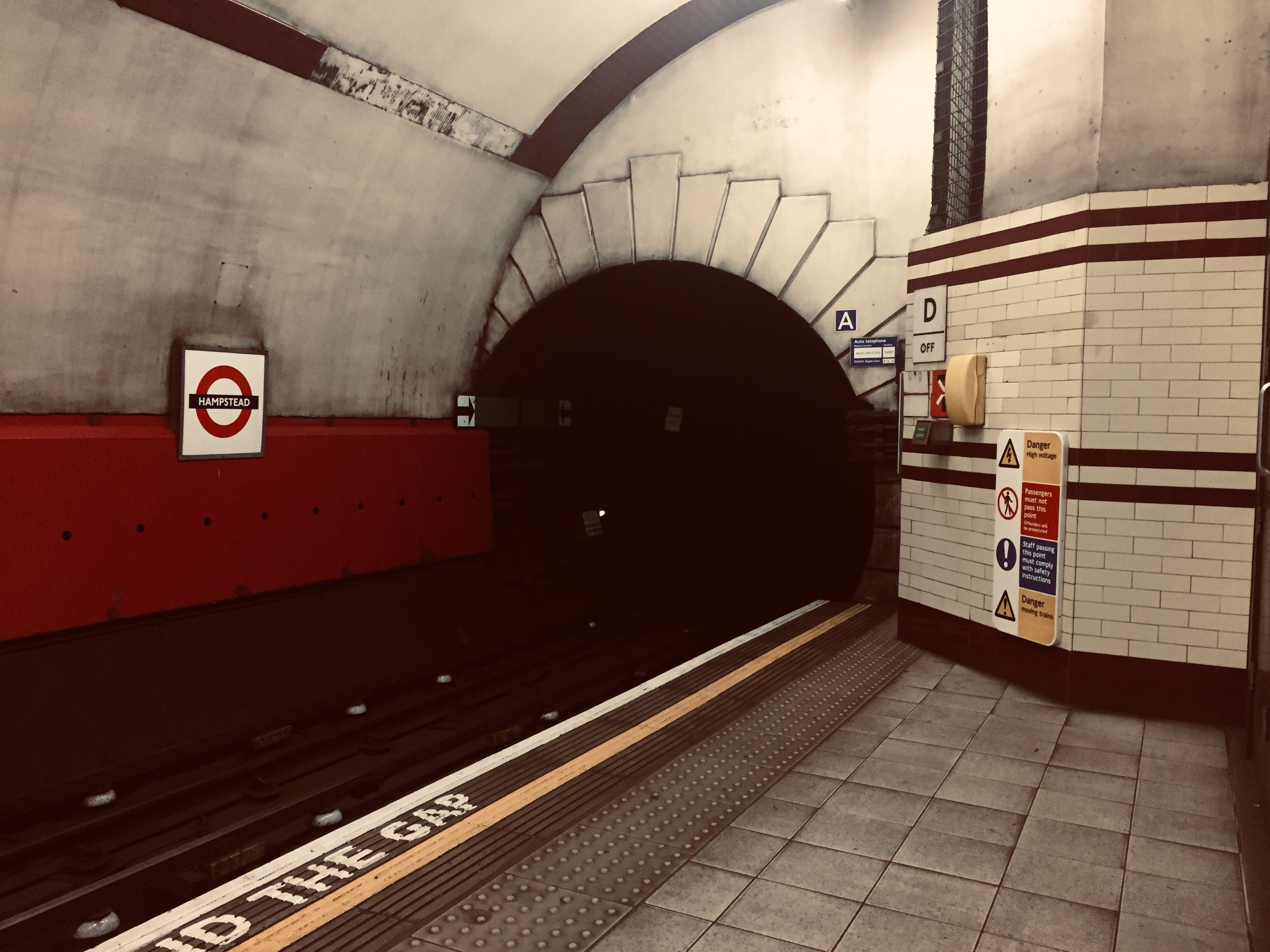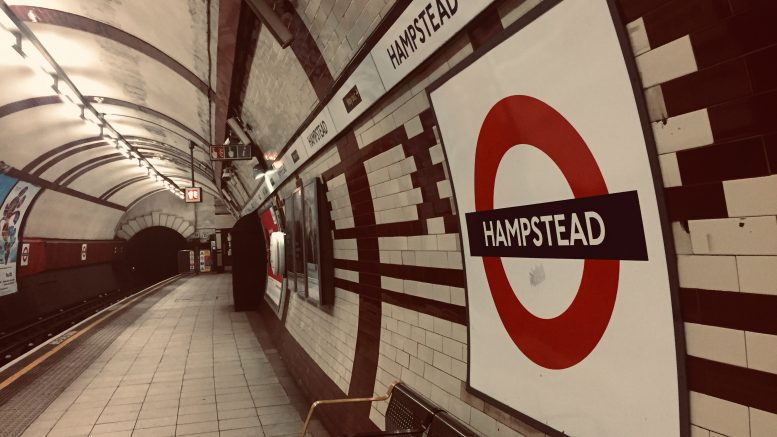In the current era of environmental activism, it makes sense for people to look out for air pollution rates, one of the indirect causes of climate change.
The UN’s Environment Programme even referred to them as ‘two sides of the same coin’.
Currently, the World Health Organization estimates that air pollution is causing millions of premature global deaths a year, which raises multiple red flags.
Predictably, this issue has been a prevalent concern in London for decades.

Photo credit: Zaina Emad
Public transport definitely played a massive role in influencing the capital to become one of the worst European cities in terms of pollution levels.
It is especially concerning when it comes to the London Underground for its age and depth, as it’s considered to be the oldest metro system in the world.
Hampstead Station, in the Northern Line, was revealed to have the worst levels compared to all of London’s underground stations earlier this year.
For a more in-depth look into London’s most air-polluted station, watch the audio side-show below (it’s recommended to do so using earphones):
[youtube https://www.youtube.com/watch?v=aqA9TUyCg-s&w=560&h=315]
Greta Miezetyte, 26, tries to avoid the tube whenever possible because of its high pollution levels. Instead, she often opts for other means of transport.
She acknowledges her privileged position of being able to take alternative options, as “many people who live further away from the city center don’t really have much choice but to travel by tube every day, spending around 2 hours on it”.
Still, hope prevails with direct action.
WHO has claimed that:
“Exposure to air pollutants is largely beyond the control of individuals and requires action by public authorities at the national, regional and even international levels.”
And surely enough, Sadiq Khan, the Mayor of London, is on it. From launching air quality monitoring networks to track the city’s levels over time to introducing various initiatives to meet the WHO’s standard levels by 2030, he definitely has taken direct actions.
TfL has also been working to improve current conditions. Recently, it did a thorough cleaning of the tunnels, in addition to the standard platforms, which helped get rid of heaps of dust, metals, and dirt.
They even attended an Air Quality News conference this week to discuss current solutions:
Catherine Westoby from @TfL talking about London’s air pollution crisis and what is being done to tackle it. #aqnconf2019 pic.twitter.com/yKtLbaJTOe
— AirQualityNews.com (@airqualitynews) November 12, 2019
As for Londoners themselves, well, it wouldn’t hurt to use the bus when you get the chance, or even get off a stop earlier and get your legs moving. Yes, even in the rain.
Words, photos, and audio: Zaina Emad

